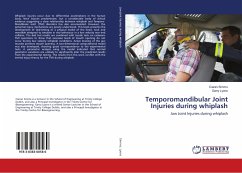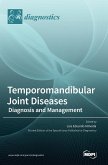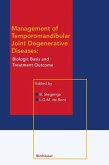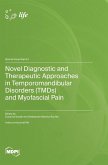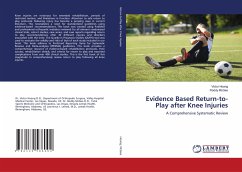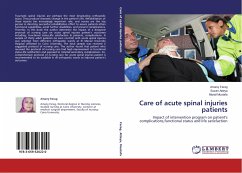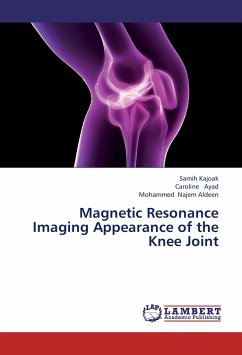Whiplash injuries occur due to differential accelerations in the human body. Neck injuries predominate, but a considerable body of clinical evidence suggesting a close relationship between whiplash and Temporo-Mandibular Joint (TMJ) disorders has also accumulated. However, the potential injury mechanisms are poorly understood. This book presents the development of sled-testing of a physical model of the head, neck and mandible designed to simulate in vivo behaviour in a low velocity rear end collision. The sled test results are combined with tensile tests on cadaveric TMJ specimens to show that excessive levels of mouth opening do not occur during low velocity whiplash conditions. Active bracing of the jaw muscles prevents mouth opening. A two-dimensional computational model was also developed, showing good correspondence to the experimental tests. A parametric analysis using the model indicated that normal geometric variations are unlikely to significantly alter the predicted results from the experimental testing. The results from this work conflict with the inertial injury theory for the TMJ during whiplash.

